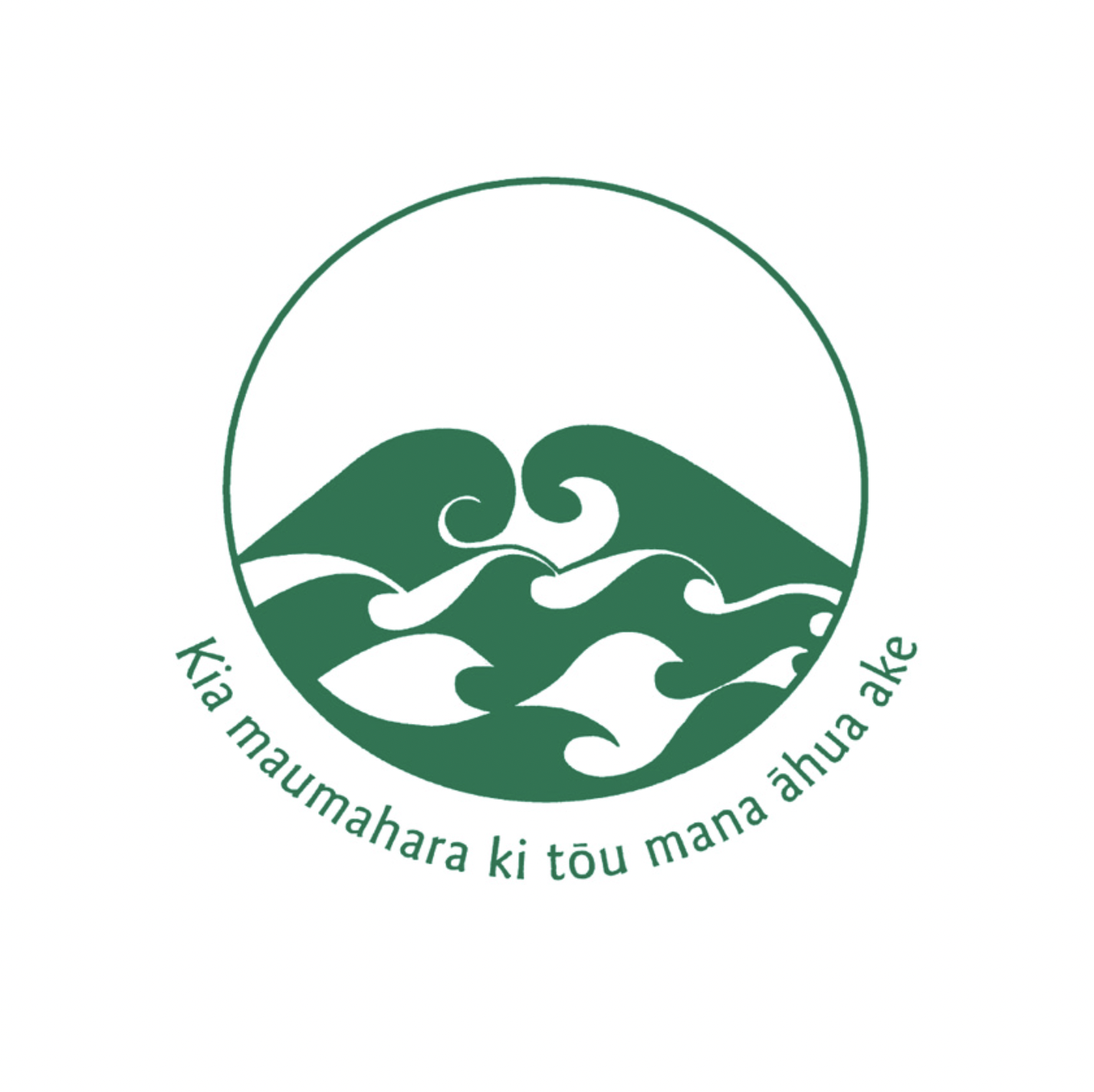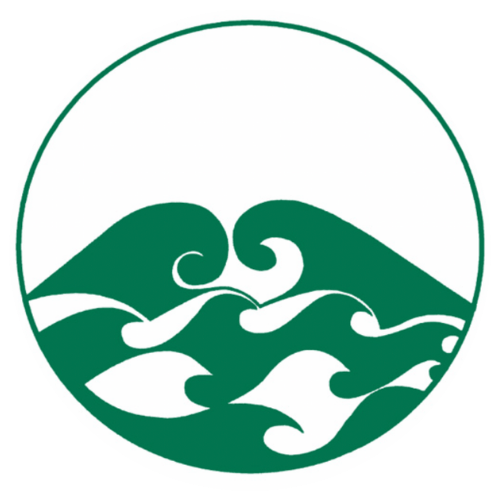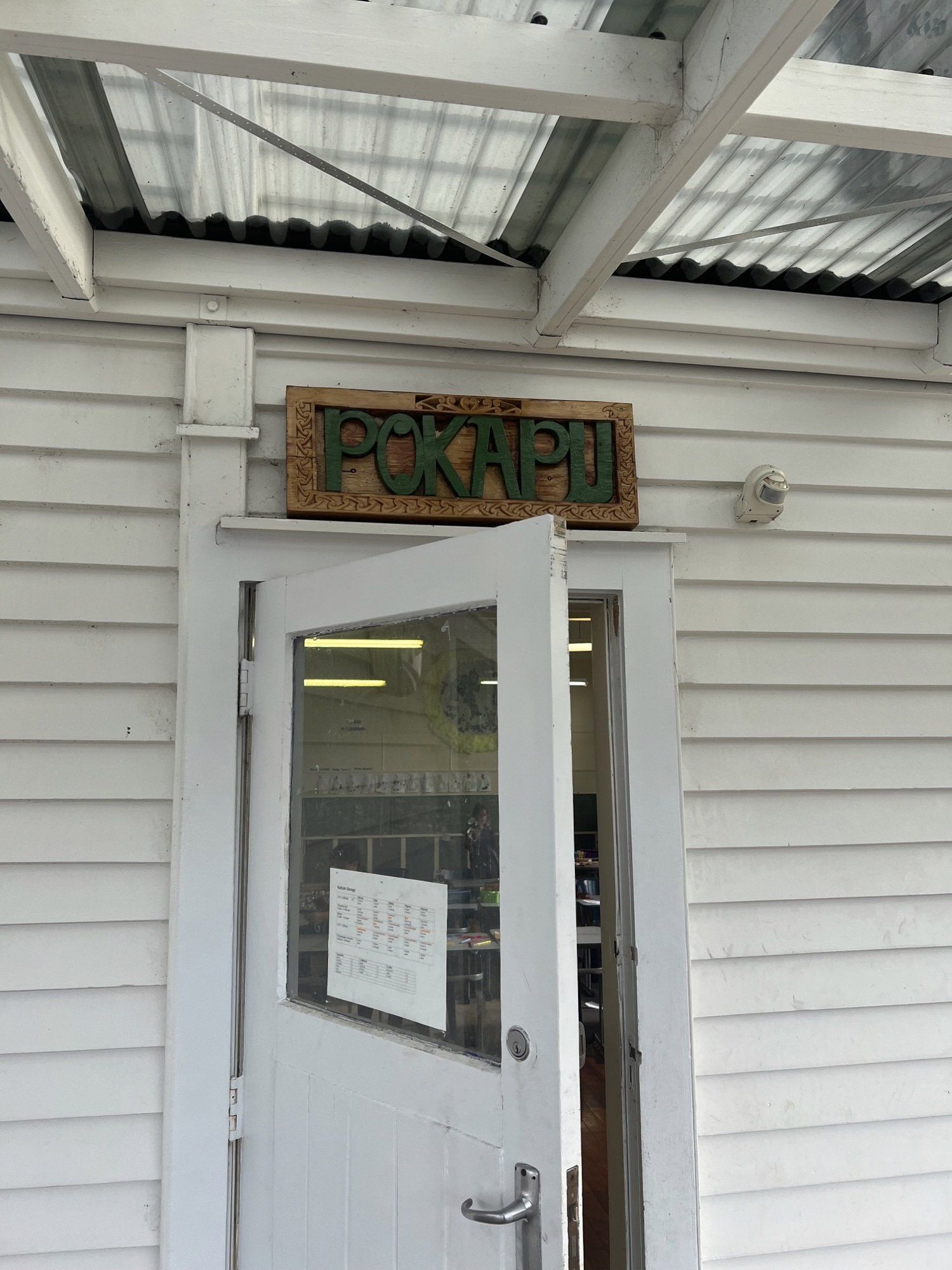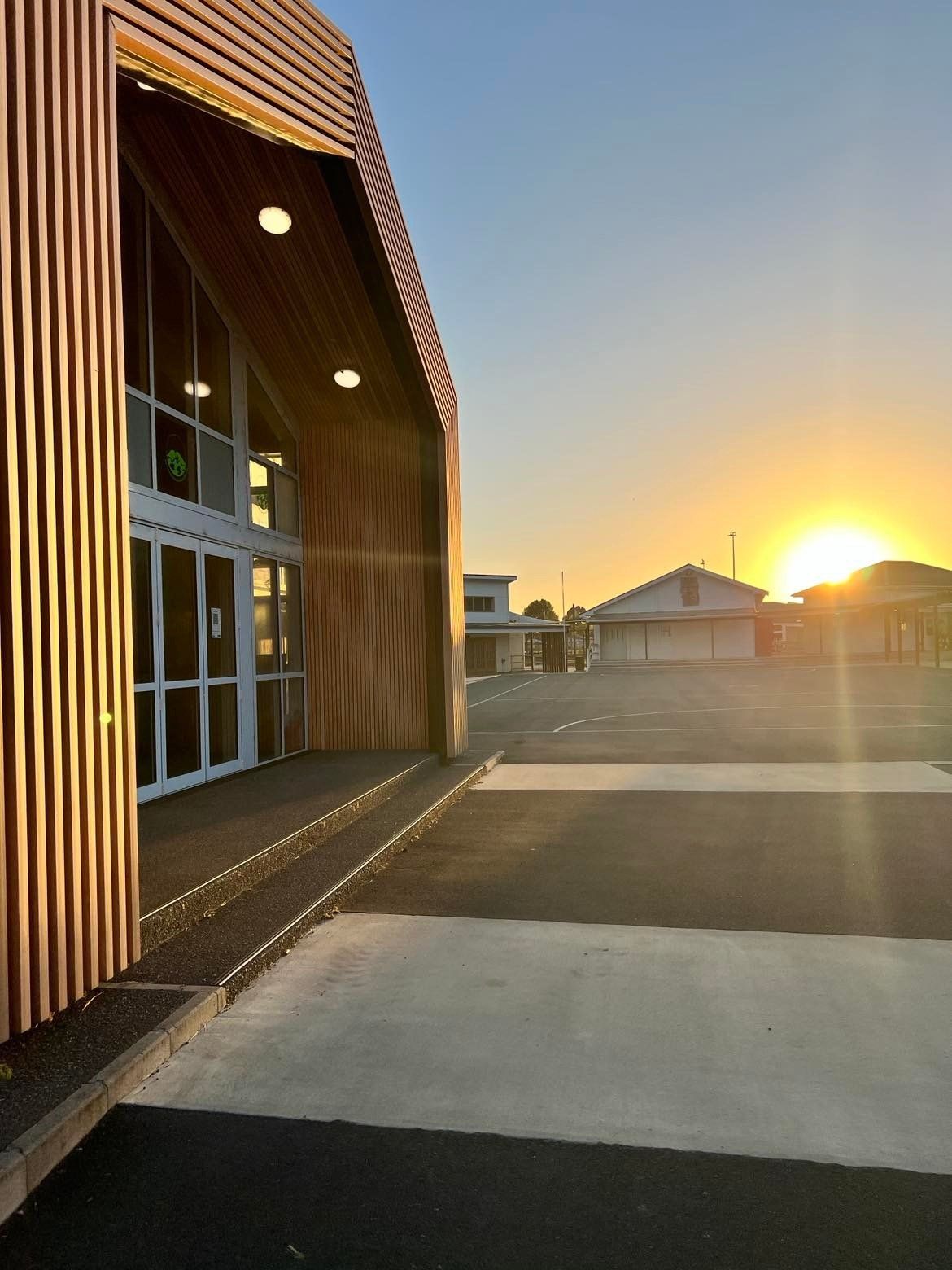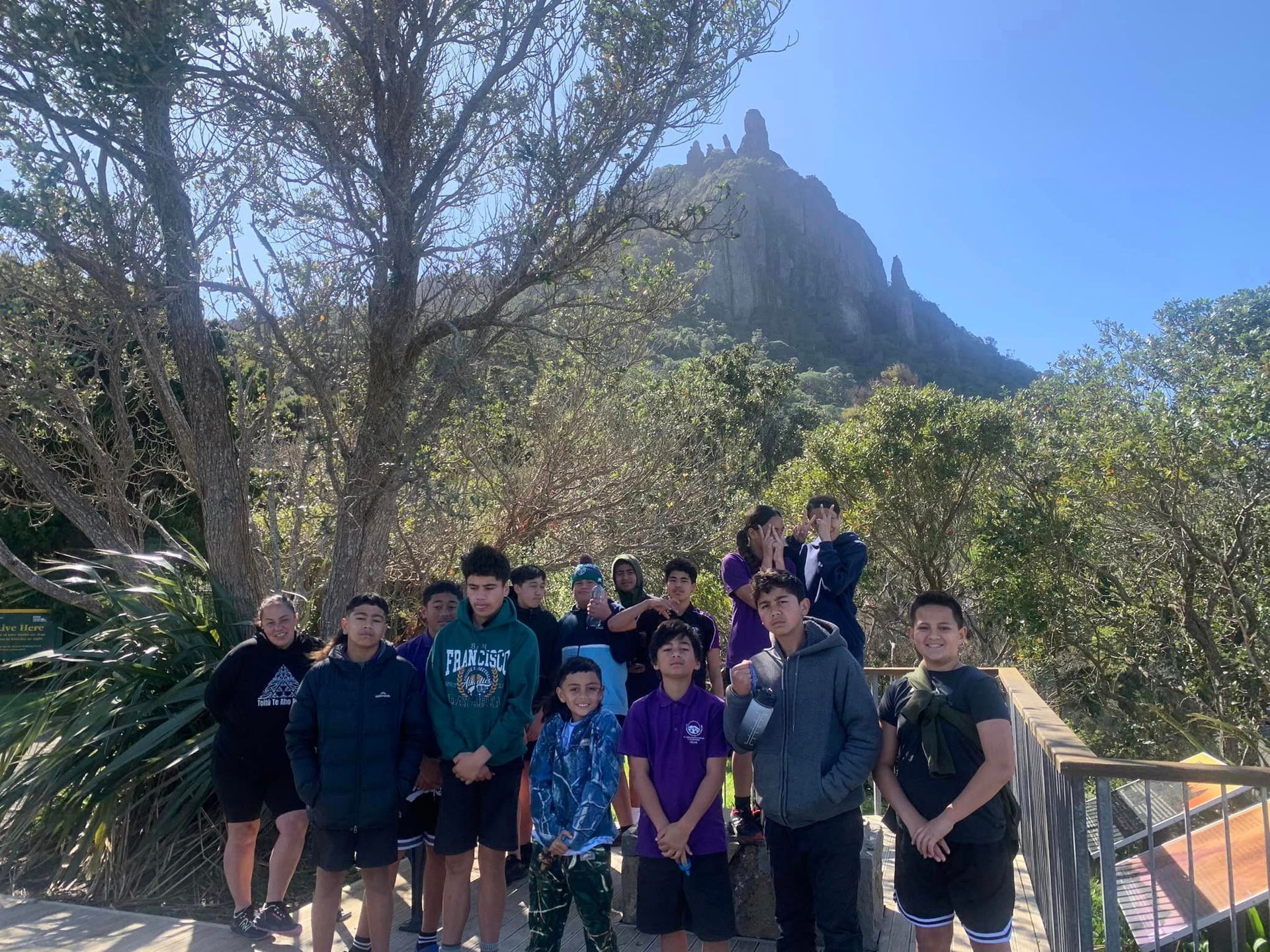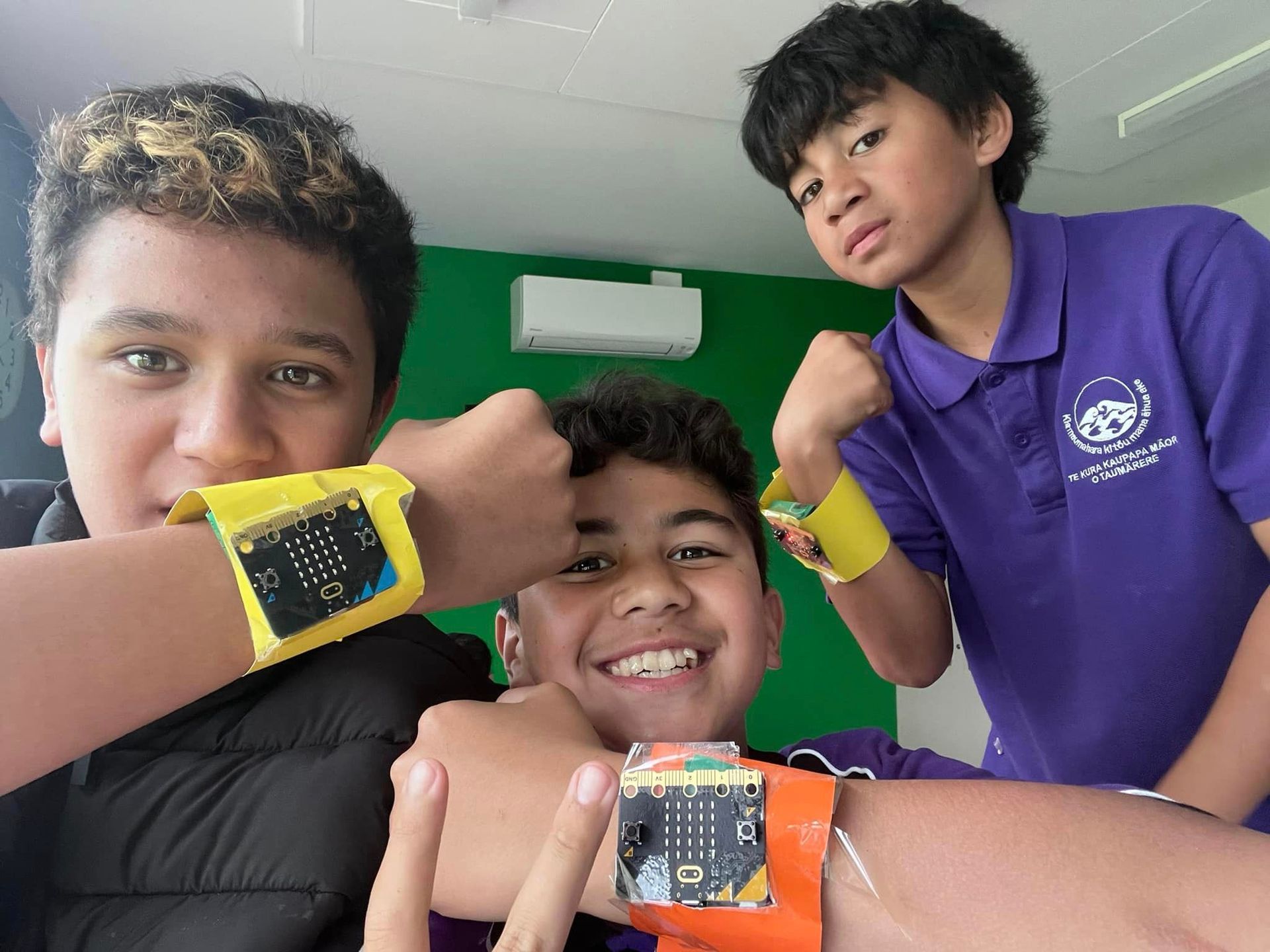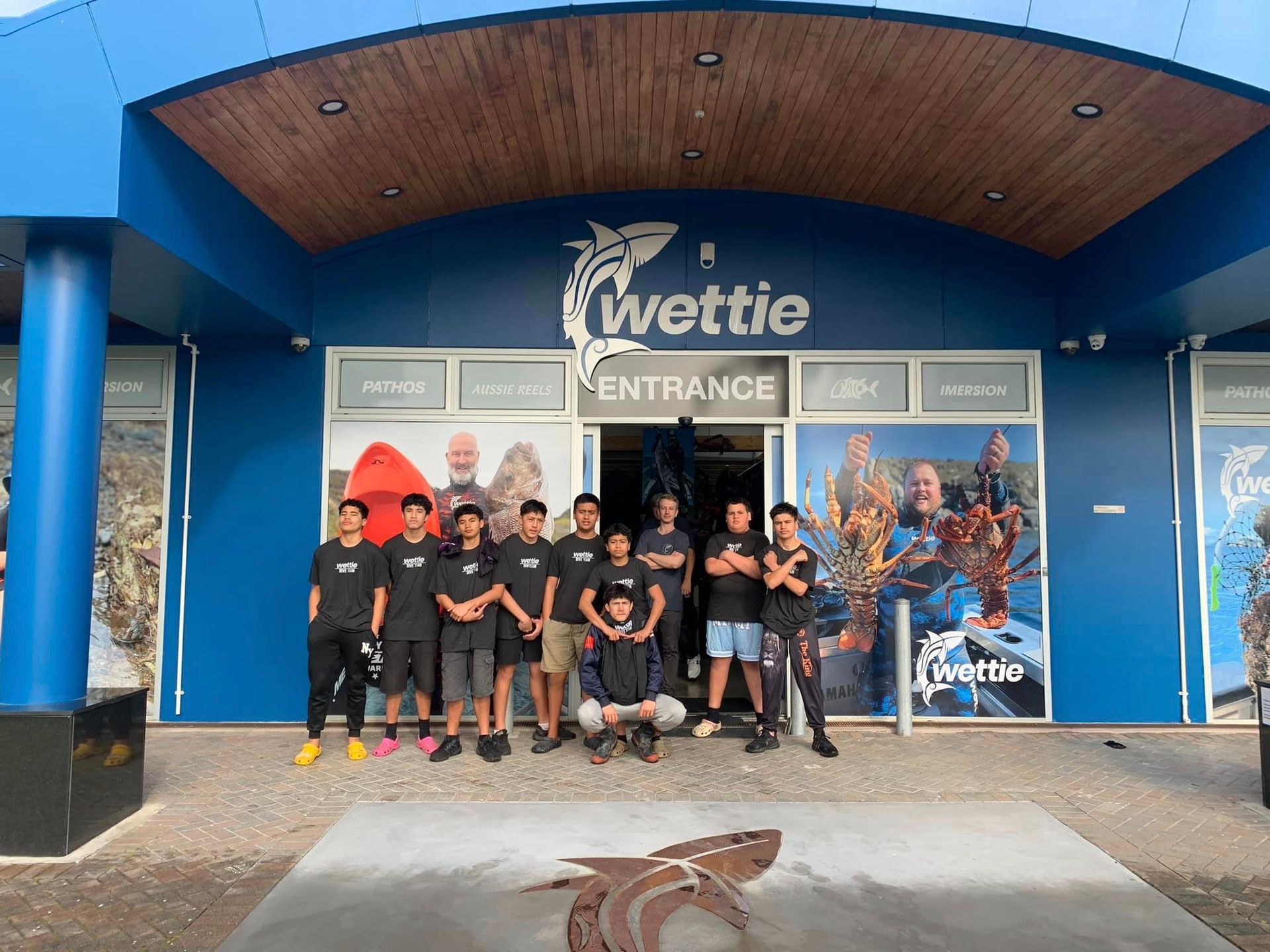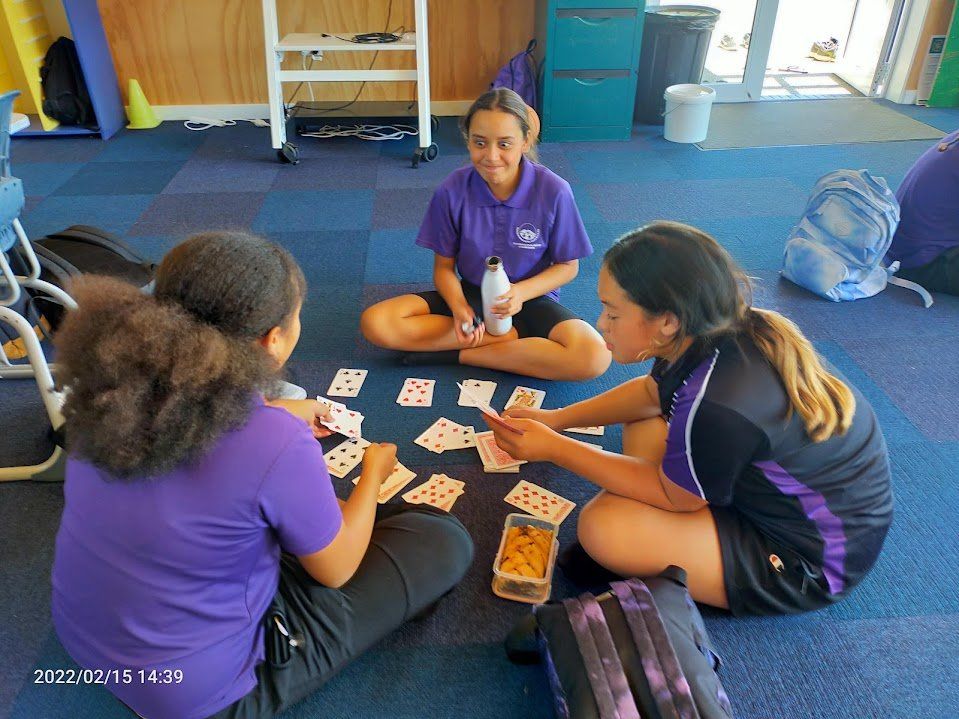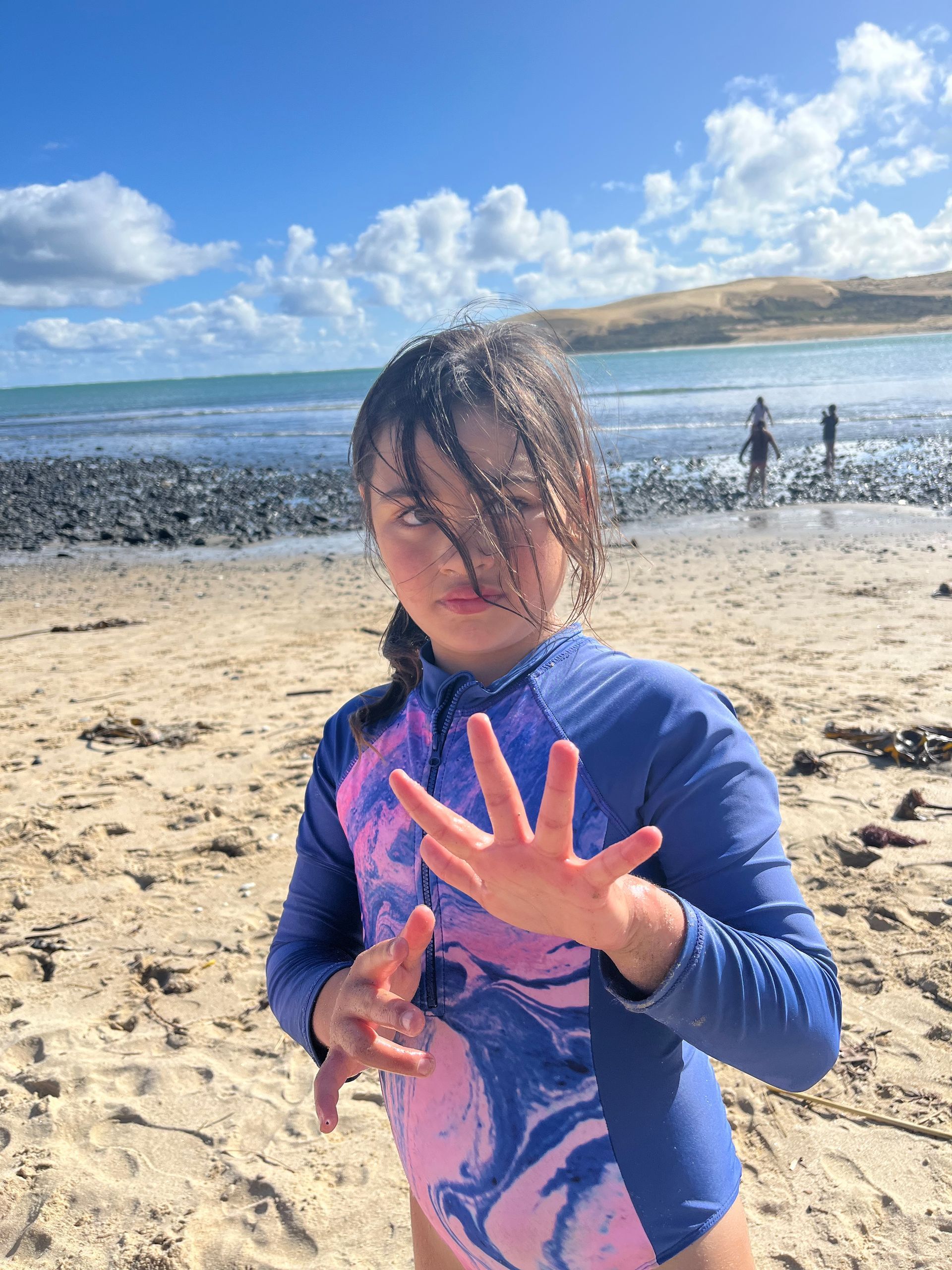TE AHUNGA MAI Origins
I tūwhera tō mātou kura i te tau 1990 i runga i te hiahia o ngā kaumātua, ngā mātua, ngā tamariki me te whānau whānui kia whai kura Māori e haere ai ngā mokopuna mai i te kohanga reo ki te ako tonu mā roto i te reo. Nā te hunga nā rātou nei i whakatū i te kura i whakatau i te ingoa me te pepeha o te kura kia mōhiotia ai ngā wawata o te whānau e hono nei ki a Ngātihine, ki a Ngāpuhi nui tonu hoki.
Te Kura Kaupapa Māori o Taumārere was established in 1990 by kaumātua, parents, tamariki and whānau who were desirous of providing continued kaupapa Māori education for their kōhanga reo graduates of Te Tino Rangatiratanga ki Taumārere. Those founding members also decided the name and pepeha of the kura to express their aspirations of connecting and unifying tāngata, whānau, hapū katoa o Ngāti Hine, Ngāpuhi.
Seven Formative Years of Development.
In the seven formative years of development, the whānau raised their own money to fund their kura outside government and situated their kura at Ngāti Manu Marae, Kāretu; the former Mill Road Scouts Den, Kawakawa; and facilities at the then Otiria School campus, Moerewa. While at Otiria Road, the kura was linked to tuakana TKKM o Kaikohe for schooling funds to employ staff, to fund property development, and purchase teaching resources. In 1997 the then Minister of Education designated TKKM o Taumārere for Year 1 – 8 students.
During 2004 – 2005 the kura survived the grueling Community Review of South Bay of Islands schools that resulted in relocation to the site of the former Moerewa School established in 1918, while that school retained its name and moved to the former Otiria School campus. Sadly, that difficult period of schooling review will always be remembered for the number of historical Ngāti Hine schools that were forced to close.
The expanding kura was linked to tuakana TKKM o Te Rāwhitiroa for a time to provide for the awarding of qualification credits for senior students. In 2010, the Kura was granted wharekura status as a Composite School for Year 1 – 15 students, and gained NZQA accreditation as a school with Consent to Assess for qualifications in 2012. Since 2005, TKKM o Taumārere has regularly achieved a full three-year review cycle from the Education Review Office and in April 2014 the wharekura achieved its first ever Managing National Review with Consent to Assess Standards from the NZ Qualifications Authority gaining quality assurance for the next three years.
Location and Cultural context
The kura is located at the original Waipuna papakāinga, Station Road, Moerewa, Bay of Islands and stands adjacent to Northland’s state highway one. The kura whānau live in nearby rural towns and country communities within the homelands of Ngāti Hine and Ngāpuhi Nui Tonu. As well as ākonga of local haukāinga and mana whenua tribal affiliations, the remaining ākonga affiliate to whānau, hapū, iwi from beyond the Waitematā including Ngāti Pākehā and Tauiwi. Currently, there are no Pasifika, Asian, Indian or other ethnic groups enrolled at the Kura.
(3.1) Mō te nuinga o ngā tamariki, tokomaha ngā iwi. Tērā pea mō ētahi, kotahi te iwi. Ko te mea nui kia mōhio ngā tamariki ki ō rātou ake iwi, hapū, whānau hoki. Tua atu o tērā kia mōhio hoki ki te katoa o ngā iwi tae noa ki a Tauiwi.
The kura whānau of trustees, staff and ākonga recognise and celebrate their unique whakapapa and diversity while they also practice tikanga Māori that is relevant and appropriate for the people, time, occasion and kaupapa at such gatherings as Waitangi Day, Te Āhuareka o Ngātihine, ANZAC commemorations, Matariki celebrations, sporting events, kapa haka festivals, hui marae, community celebrations, etc.
[1] Education Act, 1989, section 155 & Education Amendment (Te Aho Matua) Act, 1999, section 155A
[2] Education Act, 1989, section 146
